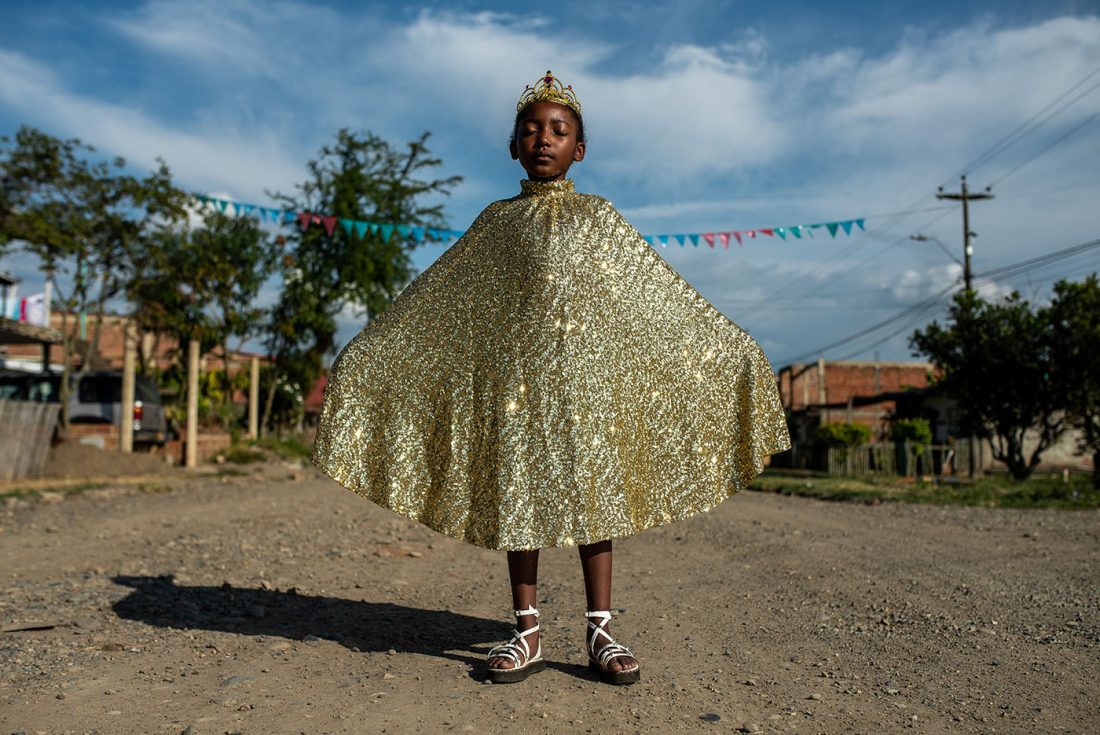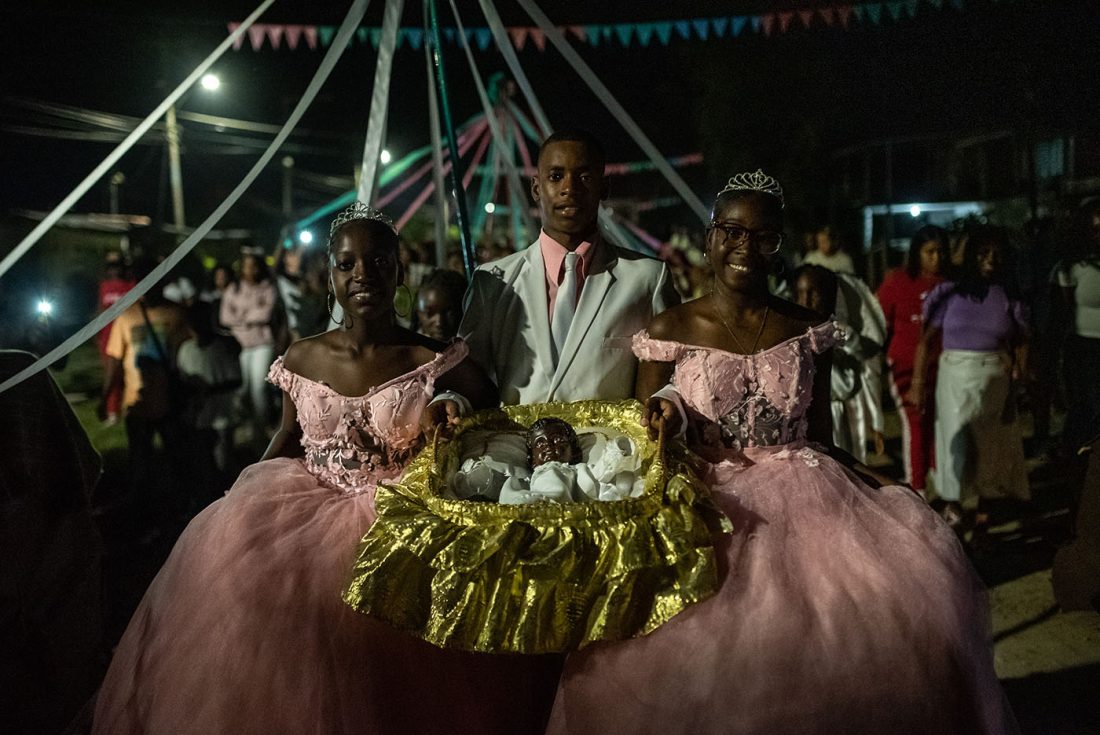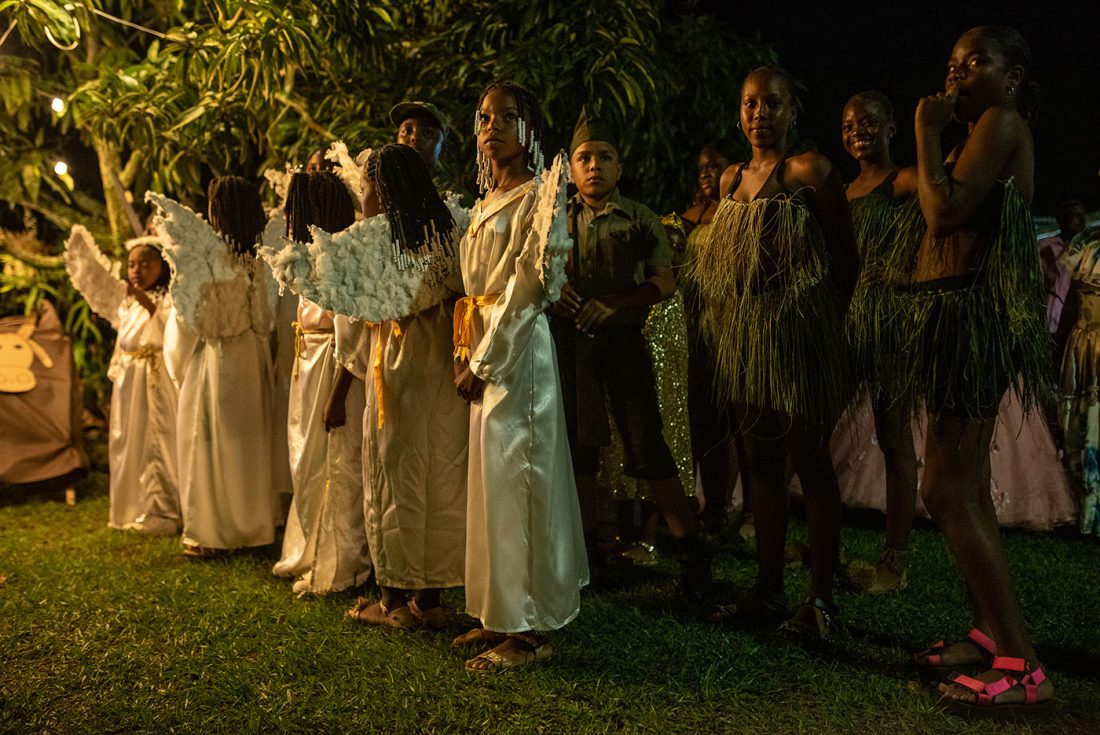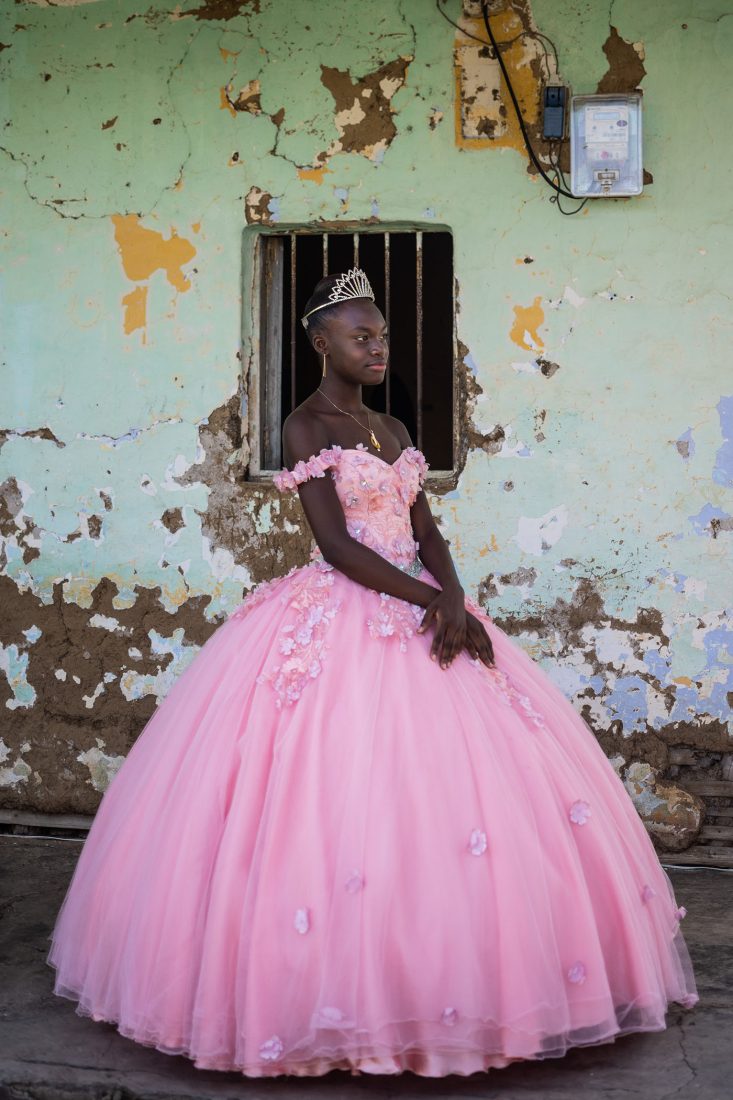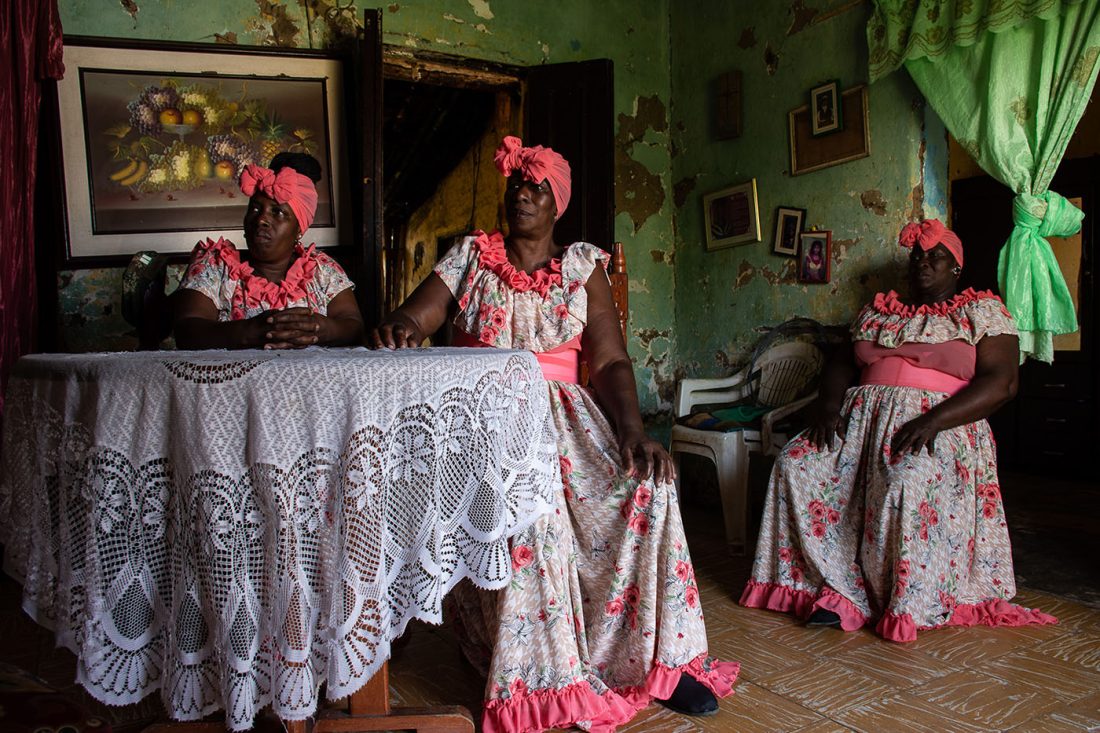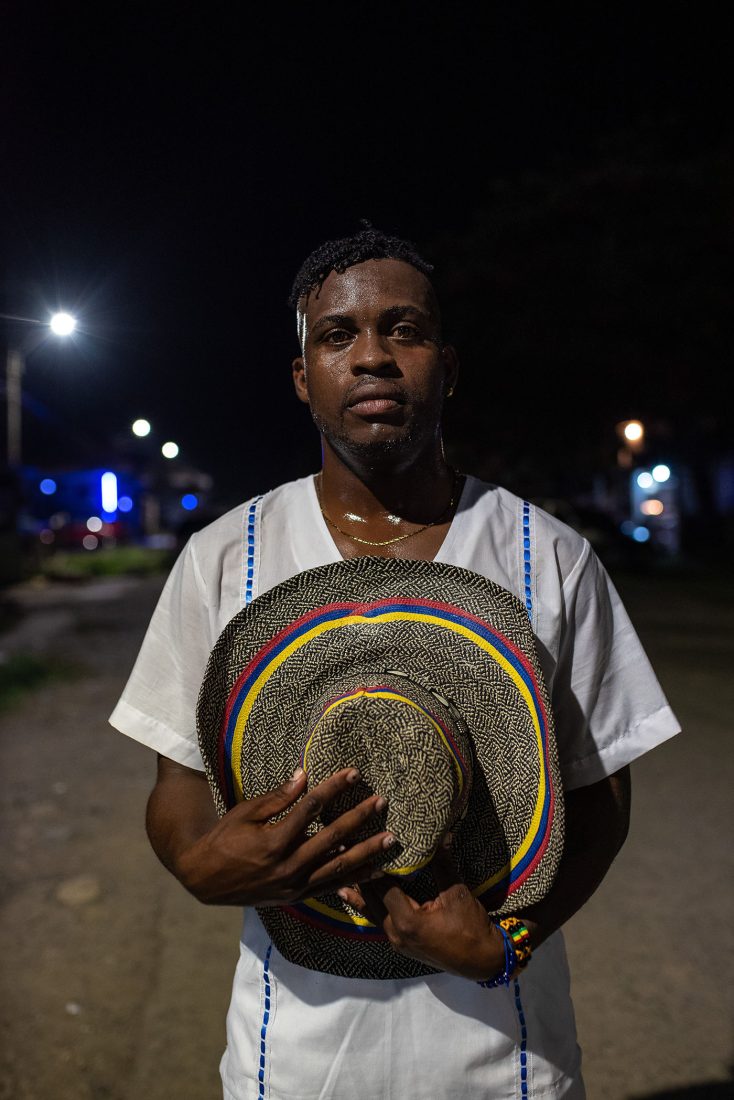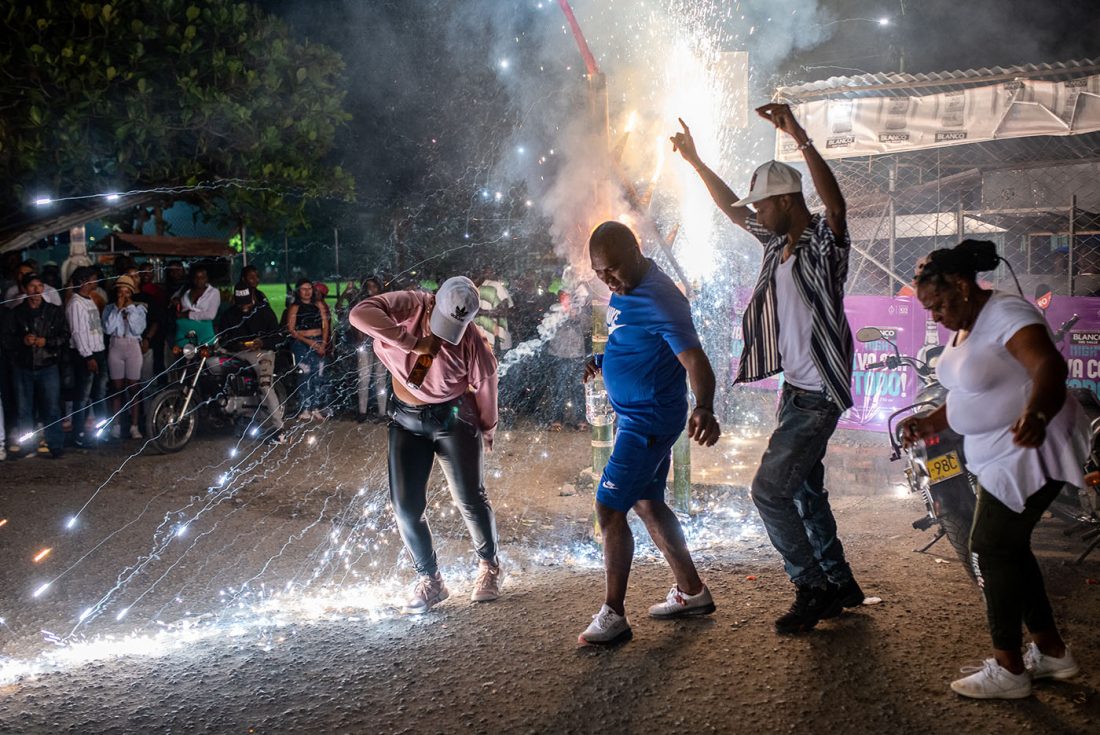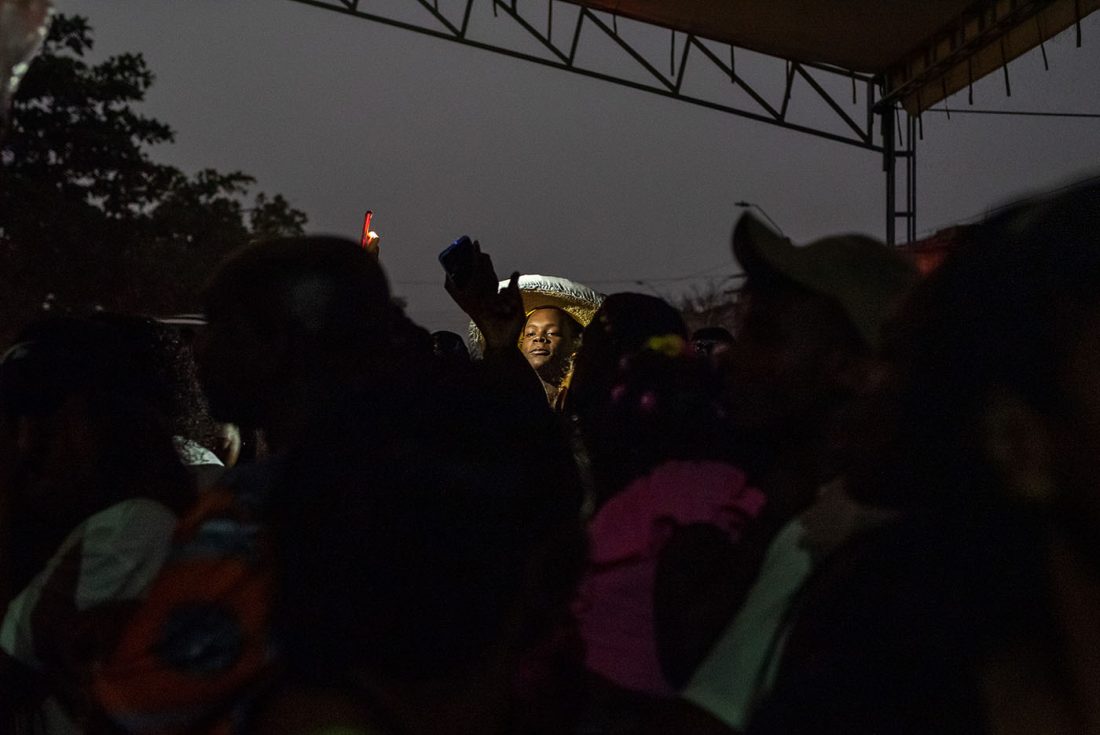The Black God Child was born in Feria
Quinamayó is an Afro-Colombian community located in the south of the department of Valle del Cauca. At the time of the slave trade (16th century-1851), their ancestors were not allowed to preserve any cultural expression. Many traditions had to be adapted as a way of expressing dignity and resistance.
That was the case of Christmas, which is celebrated 45 days after the traditional date of Jesus’ birth, the time it took the Virgin Mary to rest after giving birth, resulting in mid-February, which was also the period of rest for enslaved people.
The festivity has been preserved for almost 200 years and when the dates to commemorate it arrive, they do it around the birth of the Black God Child. For him, the little ones dress up as biblical characters, women sing alabaos and people gather to dance the juga, a musical genre native to the Afro-Colombian people.
Colombia grew up under the colonialist idea of “improving the race,” as if Afro-Colombians were a population to be fixed. And today, racism manifests itself in discriminatory comments in the street or on social networks. The inhabitants of Quinamayó fight against that by taking pride in their roots, as well as manifesting a syncretism that reverses the traditional ways of understanding Catholicism.

